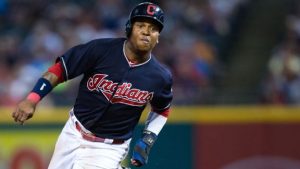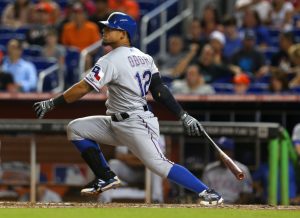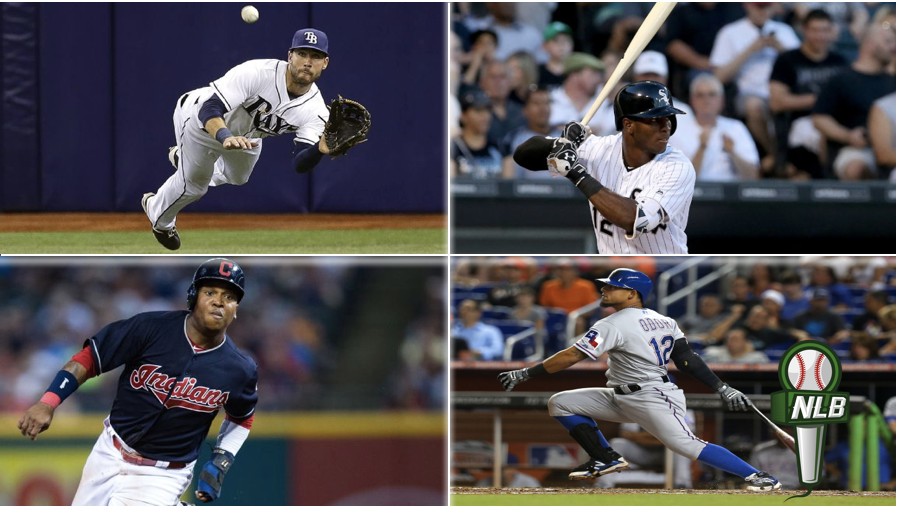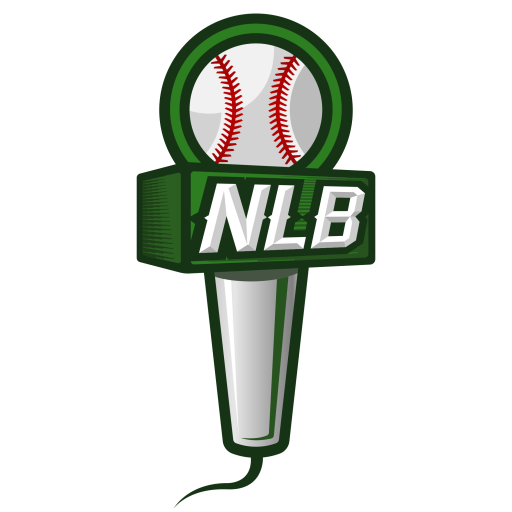What’s up guys and Happy Saturday! This March we saw the return of Spring Training, a stellar World Baseball Classic, and a handful of major contract extensions.
Today, I want to cover some of the major contract extensions signed in the month of March and give you my opinion on who I think the winner of the deal is. Enjoy!
Kevin Kiermaier (March 20)

With the emergence of better defensive analytics in the past few years, we had yet to see a deal in place that paid a primary defender like a primary hitter. Well, that time has finally come. On March 20th, Kiermaier signed a six-year extension that guarantees the centerfielder $53.5 million dollars. The Rays were able to buy out 3 free agent years.
From 2014 to 2016, no outfielder played better defense than Kiermaier and it wasn’t even close. DRS is a defensive metric that tells you how many runs better or worse a player was than the average player at his position. Between 2014 and 2016, Kiermaier had a +81 DRS. To put that into context, Ender Inciarte came in second with a +64 DRS in 300 more innings.
UZR/150 measures how many runs saved a player would have over the course of 150 games played at that position in a season. Kiermaier’s UZR/150 over that time frame? 34.5. Jason Heyward’s? 22.5.
Winner? Short term: Both; Long term: Kiermaier.
In the short term, Kiermaier’s defense alone makes deal worth it for the Rays. If he can become an above-average hitter, this deal will be looked at as a complete steal for the Rays years from now.
The downside is that he is 27 years old. Somewhere north of 30 years old, he will most likely lose a step. If he doesn’t figure out his bat, the Rays could be stuck with a hefty chunk of money for a CF who is a step or three slower than he was.
Tim Anderson (March 21)

Ever since the White Sox drafted Anderson with their first-round pick in 2013, he has been making noise. On March 21st, the Sox decided he was worth the risk and extended him 6 years guaranteeing the young shortstop $25 million. This will allow the White Sox to control two would-be free agent years for Anderson, but also financially secures Anderson.
Anderson did a lot well his rookie year, especially with his glove and his speed. With a UZR/150 of 10.9 and a +6 DRS, he ranked as a Top 10 defensive shortstop; as a rookie only playing in 99 games, that showed Anderson’s maturity to be able to come up and show composure. Anderson also flashed some speed with 10 stolen bases in 99 games.
His rookie season did not come without faults though. Anderson had an absolutely atrocious walk rate at 3%, putting him tied for dead last (see: Rougned Odor) on the season. His strikeout rate was not much better at 27%; needless to say, he rated as awful in both categories.
Winner? White Sox.
Overall, Anderson had a successful rookie season, with a 2.4 WAR in 99 games. With a more patient approach at the plate and a full season in the field and on the bases, Anderson should provide value for years to come. My guess on this deal? The Sox got a steal.
Jose Ramirez (March 28)

After two up and down years between the majors and AAA, Ramirez finally came onto the scene full-time in 2016 as a four-win player, and he was rewarded. Ramirez signed a 4-year extension with the Indians this spring guaranteeing him $26 million, with two club options for $11 mil and $13 mil.
Last season, Ramirez showed durability (152 games played) and versatility (four positions played). He most likely won’t win any gold gloves, but his above average play allows for the Indians to safely play him nearly anywhere on the diamond.
With a contact rate of 89%, Ramirez is a tough out and puts the pressure on the defense. Coupled with a slash of .312/.363/.462, he shows he can smack the ball around but also get on base just as easily via the walk.
Maybe most surprising is his base running: Ramirez ranked as the third best baserunner in all of baseball and complimented that with 22 stolen bases. For a guy who doesn’t pass the eye test, he makes a nice living on the base paths.
Of all the extensions signed this spring, the Ramirez one not only makes the most sense, but it seems to be the highest value. Playing above-average defense will give you the opportunity to see playing time, but playing above-average defense at four positions makes you a diamond in the rough. Oh yeah, and the dude can flat out hit.
Winner? Indians.
The Indians buying out 3 years of free agency makes this a win for them. As a small market team, 3 years for above-average productivity will be key to their success. Personally, I am a little surprised Ramirez signed this contract so shortly after the year he just put together.
Rougned Odor (March 30)

On March 30th, the Rangers extended star second basemen Rougned Odor to the tune of 6-years, $49 million with a club option. After two solid seasons, the Rangers decided it was time to lock him up and secure three years of his free agency.
At 5’11”, Odor doesn’t look like he’d pack a lot of power, but after watching one of his homeruns you’d shortly see that is nothing but the truth. In 2016, Odor ranked Top 5 amongst 2B in both ISO (SLG minus AVG) and HR totals. His power and ability to hit gives the Rangers another tool in a deep lineup that just never seems to end. I mean, when the fifth spot in your lineup has 33 HR and 88 RBI, you know something is going right.
While Odor has the flair for dramatics, he is not a player without flaws. Last season, his defense was subpar at best. Of qualified 2B, Odor ranked second to last in UZR/150 and dead last in DRS. What’s worse is that his metrics declined from the year before. At age 23, a drop in defense at that age can be worrisome.
On the offensive side, he walked at a clip of 3%, which ranked last in the league. Like his defense, his BB% decreased year over year. While his increase in power is sexier on paper, the numbers show Odor declined from 2015 to 2016 in terms of WAR (2.4 to 2.0).
Winner? Odor.
Rougned Odor is a fun player to watch. Anytime you get a 5’11” 2B that can hit bombs like he can, you’re in for a treat. Unfortunately, his power isn’t so spectacular that you forget about his horrid defense and plate discipline. If Odor and the Rangers can’t figure out at least one of his two major issues, this extension might look costly down the line.
Power might not pay like it used to for slugging first basemen and corner outfielders. But when it comes in the form of a second basemen (3rd most HR in last two years), this extension shows you that teams are still tricked by the long ball.



